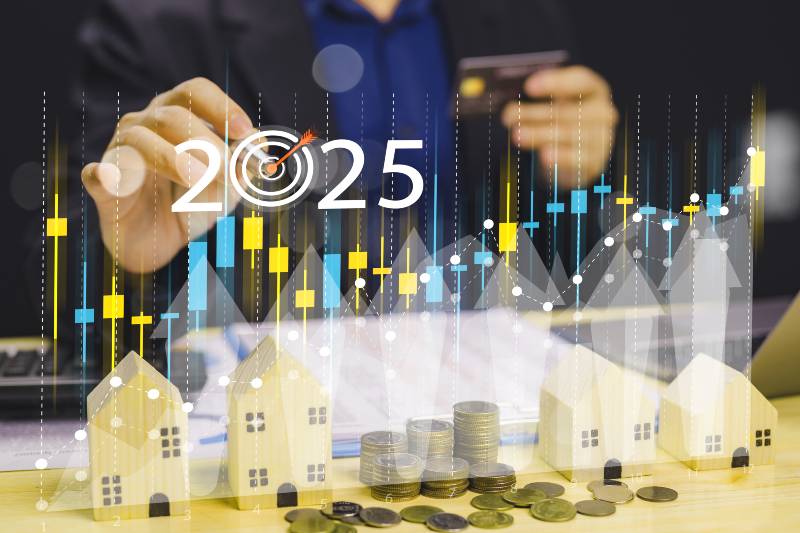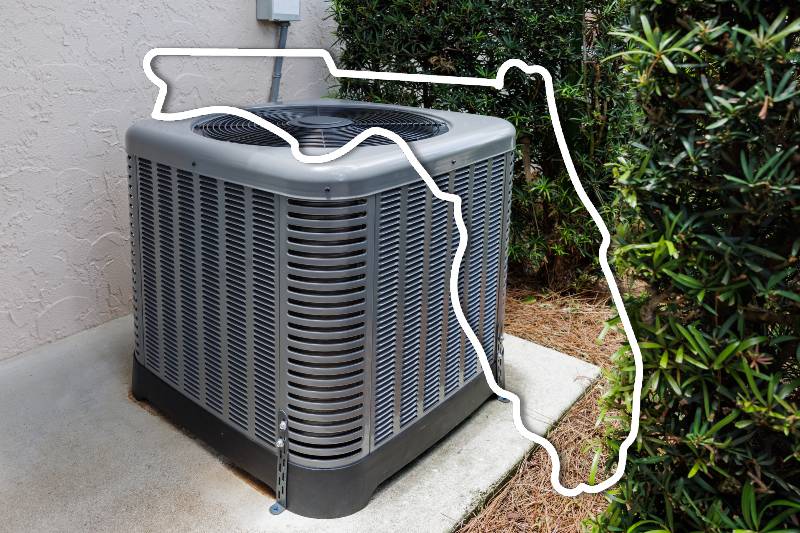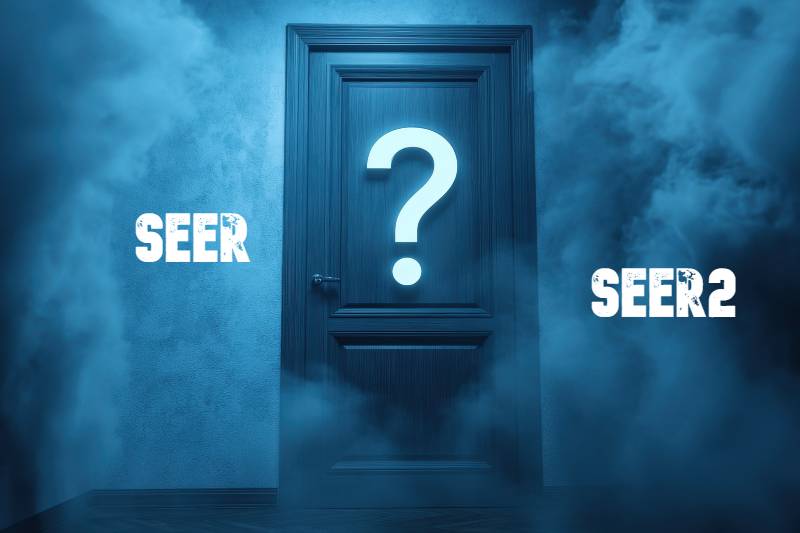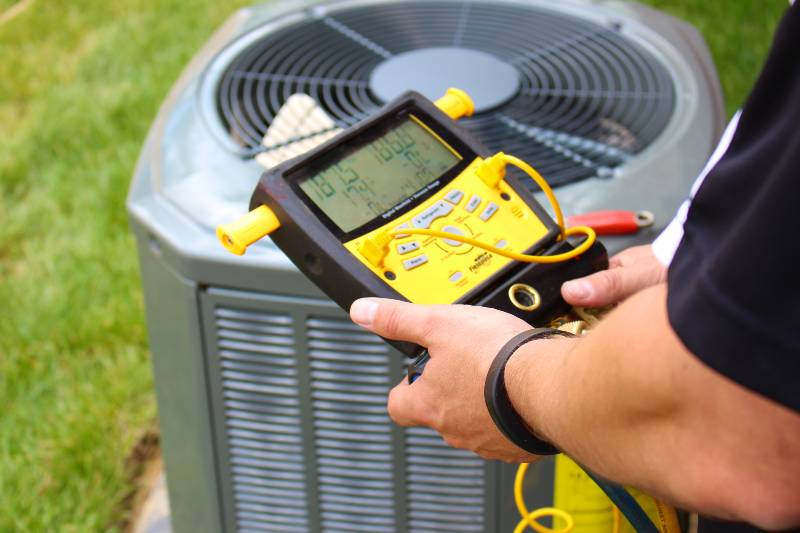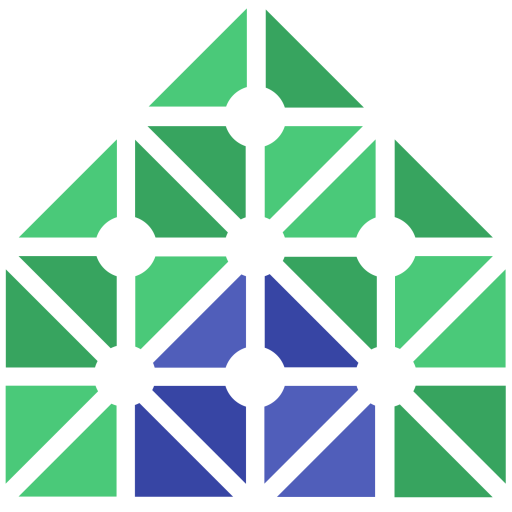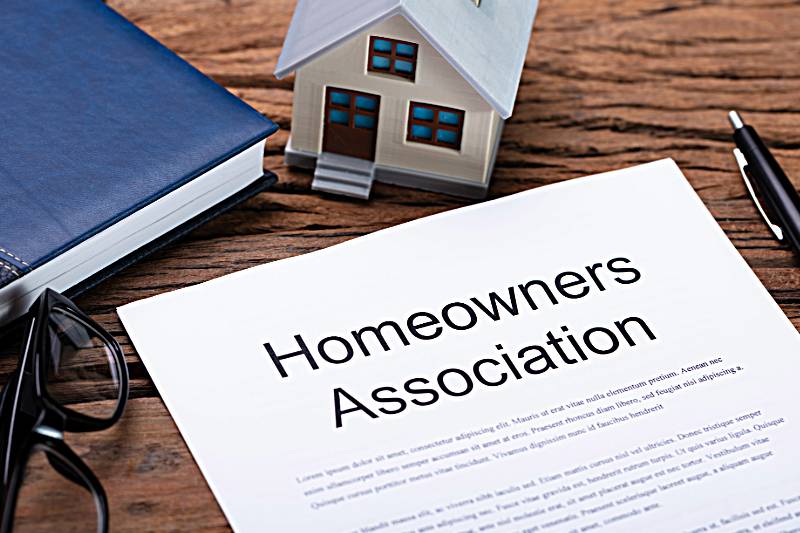Do you want to become a homeowner in 2024 but are unsure of the best loans and grants available to you? You’re in luck! Here, you’ll find a wide range of financial alternatives that extend well beyond conventional loans. Our user-friendly guide on first-time home buyer loans and grants makes it easy for you to explore your options. Keep in mind that it’s not only about securing any loan; it’s about finding the perfect financial tools that make owning your dream home possible and manageable. From government-sponsored programs to innovative grant options, this guide is your go-to resource for all things mortgage-related. Whether you’ve saved up a significant down payment or seek creative financing solutions, we’ve got you covered.
A Primer on No Money Down Options
The VA Loan: A Zero Down Option for Veterans and Service Members
For many military members, the VA Loan stands as one of the most significant benefits of service. Administered by the Department of Veterans Affairs, this program allows eligible veterans, active-duty service members, and some members of the National Guard and Reserves to purchase homes with zero down payment.
- Eligibility: Service requirements vary, but generally, if you’ve served 90 consecutive days during wartime or 181 days during peacetime or have more than six years in the National Guard or Reserves, you may qualify.
- Benefits: The VA Loan doesn’t just waive the down payment. It also caps closing costs, doesn’t require private mortgage insurance (PMI), and offers competitive interest rates.
- Considerations: Borrowers will still need to cover some costs, such as the VA funding fee, unless exempt due to a service-related disability. Also, while no down payment is required, lenders will still evaluate credit score and income.
USDA Loans: Rural Homeownership Without the Down Payment
The U.S. Department of Agriculture (USDA) oversees a program aimed at revitalizing rural areas by helping low- to moderate-income individuals purchase homes with no money down.
- Eligibility: The property must be in a USDA-eligible rural area, which is broader than what one might expect and includes many suburban areas. Income limits also apply and vary by region and family size.
- Benefits: USDA loans offer 100% financing, low mortgage insurance costs, and below-market mortgage rates.
- Considerations: There are strict eligibility requirements concerning income and the property’s location. Plus, you’ll have to pay an upfront guarantee fee and an annual fee.
FHA Loans: Low Down Payments and the Potential to Finance Down Payment Assistance
While FHA loans do require a down payment, it’s as low as 3.5% — far below the traditional 20%. Moreover, they allow for down payment funds to come from various sources, including gifts, grants, and down payment assistance programs.
- Eligibility: These loans are open to all, not just first-time homebuyers. The primary requirement is a credit score of 580 or higher to qualify for the minimum down payment.
- Benefits: Flexibility is the key advantage here, with the loan’s requirements being less stringent than conventional loans.
- Considerations: FHA loans come with mandatory mortgage insurance premiums (MIP) that cannot be canceled and must be paid for the life of the loan if you put down less than 10%.
Freddie Mac’s Home Possible® and Fannie Mae’s HomeReady® Programs
Freddie Mac and Fannie Mae are government-sponsored enterprises (GSEs) that play a significant role in the U.S. housing finance system. They buy mortgages from lenders, which allows those lenders to free up capital to make more loans. They may also provide some loans themselves. Both institutions have programs in place designed to make homeownership more accessible, including options for low down payments.
Here’s a brief overview of some of the low down payment programs and offerings:
Freddie Mac’s Home Possible®:
Home Possible® is Freddie Mac’s flagship affordable lending program.
-
- Low Down Payments: It allows for down payments as low as 3%.
- Flexible Funding: It permits co-borrower income, even if the co-borrower is not residing in the home. Additionally, it allows for the down payment to come from a variety of sources, including
family, employer assistance, and secondary financing. - Income Limits: This program typically has income limits, which are set at 80% of the area median income for most locations.
- Homeownership Education: Borrowers must participate in a borrower education program to qualify for a Home Possible® mortgage.
Fannie Mae’s HomeReady® program:
HomeReady® is Fannie Mae’s low down payment mortgage product.
-
- Low Down Payments: HomeReady® also offers down payments as low as 3%.
- Income Flexibility: It considers income from other household members and non-occupant borrowers, like parents.
- Rental Income: It allows income from a boarder or a rental unit to be considered.
- Cancellability: Private mortgage insurance (PMI) can be canceled after home equity reaches 20%, which can reduce the monthly payment.
Freddie Mac BorrowSmart℠ Program
The Freddie Mac BorrowSmart℠ Program is designed primarily to assist first-time homebuyers or those who haven’t owned a property in the last three years. It aims to help individuals and families with low to moderate income levels who might struggle with the initial costs of home ownership. The program provides down payment and closing-cost assistance, making it more feasible for these groups to secure a mortgage and achieve their dream of owning a home.
BorrowSmart Down Payment Program Highlights
-
- $1,500 in assistance for borrowers whose qualifying income is less than or equal to 50% of the county area median income. Minimum 90% loan-to-value (LTV). $500 worth of assistance for borrowers whose qualifying income is 50.01% – 80% of the county area median income. Minimum 90% loan-to-value (LTV).
- $1,000 for borrower(s) whose qualifying income is greater than 80% and less than or equal to 100% of the county area median income. Minimum 95% loan-to-value (LTV). Must be in high-needs census tract or subject property must be a manufactured home.
- Primary residence purchase only
- Property must be located in a BorrowSmart-eligible state
- Borrower must complete pre-purchase counseling with a program-specific homeownership counselor (see loan officer for details). Click here for the area median income finder.
Freddie Mac BorrowSmart℠ Access
Freddie Mac BorrowSmart Access is a Special Purpose Credit Program (SPCP) launched in 2022. SPCPs are designed to make it easier for groups with a harder time qualifying for loans or credit. With this program, traditionally underserved borrowers and communities can access down payment assistance. This program helps to advance equity in housing.
This program is for first-time homebuyers who wish to purchase a primary residence in select under-served communities in major cities:
-
- Atlanta
- Chicago
- Detroit
- Memphis, Tenn.
- Miami
- Philadelphia
- St. Louis
- Houston
- El Paso, TX
- McAllen, TX
Some standard requirements for conventional loans apply, including:
-
- A 620 qualifying credit score
- A debt-to-income ratio (DTI ) no higher than 50%
- A minimum 3% downpayment
- Completion of a one-on-one homeownership counseling
- Earning less than or equal to 140% of the area median income
Considerations:
While Freddie Mac and Fannie Mae programs are designed to help people with lower down payments get into homes, they often require private mortgage insurance (PMI) or mortgage insurance premiums (MIP) until you have at least 20% equity in your home, which adds to the monthly payment.
If you’re interested in these programs, the next step would be to consult with a lender who can provide more details and help you understand the qualification requirements. They can also advise on any state or local assistance programs that can be combined with the GSEs’ offerings for even more support in buying a home.
Government Grants and Programs for First-Time Home Buyers
Many state and local governments offer programs to help first-time homebuyers who fall under certain income limits. These programs often come in the form of down payment assistance, tax credits, and interest-free loans that can cover down payment and closing costs. Click to explore government grants and programs for first-time home buyers via the Department of Housing and Urban Development.gov website.
- Eligibility: Varies widely based on the program and location, often requiring participants to be first-time homebuyers and meet income and purchase price limitations.
- Benefits: These programs can make home buying accessible for those who might otherwise be unable to save for a down payment.
- Considerations: Some programs may require buyers to live in the home for a certain number of years or repay the assistance received if the home is sold before a set period.
Now that we’ve come to the end of our deep dive into the world of home loans and grants, you have numerous financing options at your fingertips to help you land that dream home in 2024. Knowing where to look is like having a secret weapon in your quest for homeownership! Be sure to bookmark and refer to this guide for future reference in your quest to achieve all your home-owning and real estate goals.
At Property.com, we’re here to guide you through every step of your real estate journey.
Keep exploring our many helpful articles and resources, and stay informed on the latest news. Sign up here for news on what’s important to you. Your real estate dreams await! With Property.com as your partner, you have the power to make them yours.



